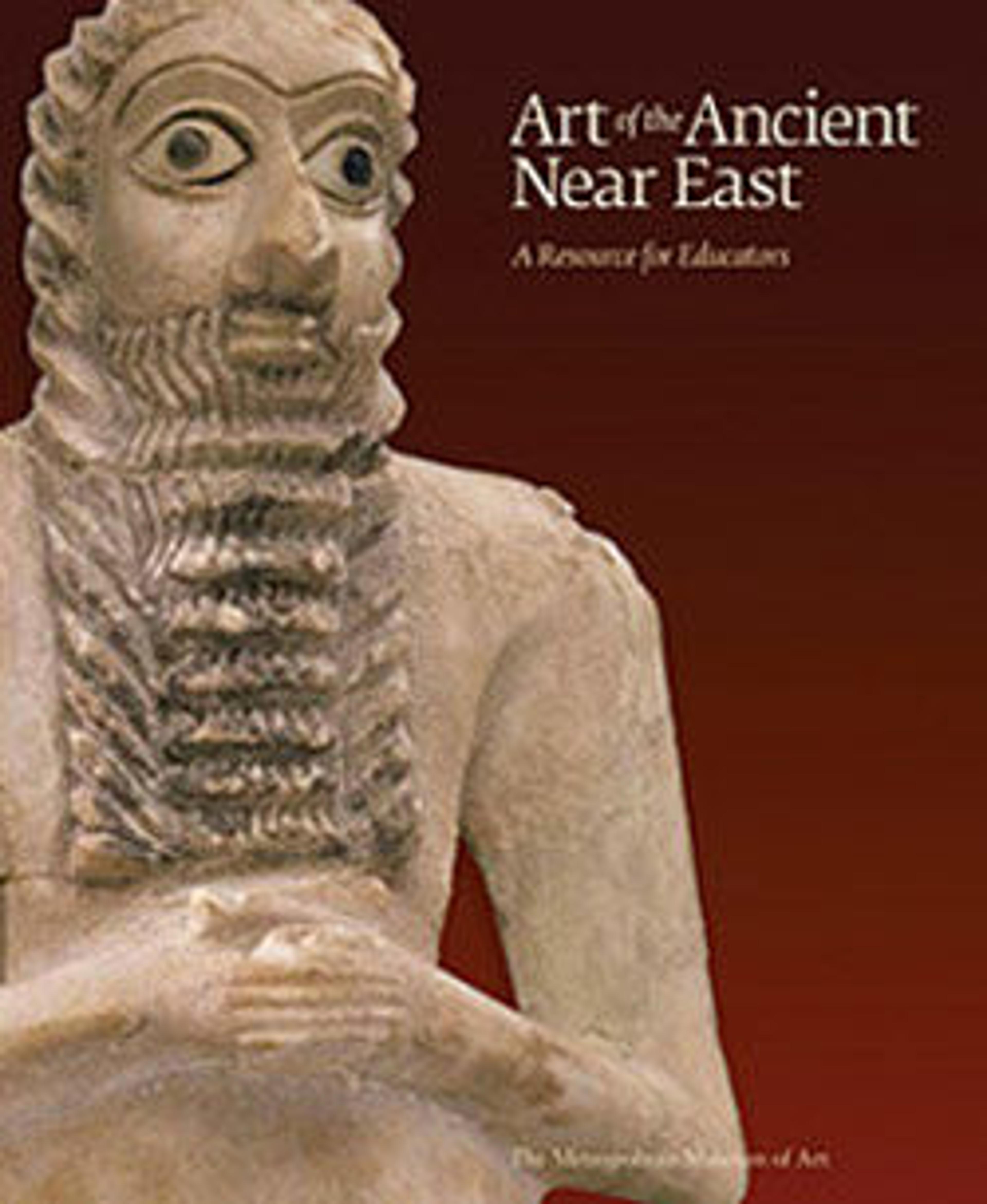Plate with king hunting rams
The king as hunter had become a standard royal image on silver plates during the reign of Shapur II (A.D. 310–379). The theme, symbolizing the prowess of Sasanian rulers, was used to decorate these royal plates, which were often sent as gifts to neighboring courts. The king has various royal attributes: a crown and fillet, covered globe, nimbus with beaded border, and beaded chest halter with fluttering ribbons. The identity of the Sasanian king on this plate is uncertain. His crown identifies him as either Peroz (r. 459–484) or Kavad I (r. 488–497, 499–531).
Sasanian silver bowls were usually hammered into shape and then decorated in various complex techniques. On this plate, separate pieces of silver were inserted into lips cut up from the plate to provide high relief. The vessel was then gilded using an amalgam of mercury and gold, which could be painted onto the surface, and niello—a metallic alloy of sulfur and silver—was inlaid. The result was a vessel of varied surface contours and colors.
Sasanian silver bowls were usually hammered into shape and then decorated in various complex techniques. On this plate, separate pieces of silver were inserted into lips cut up from the plate to provide high relief. The vessel was then gilded using an amalgam of mercury and gold, which could be painted onto the surface, and niello—a metallic alloy of sulfur and silver—was inlaid. The result was a vessel of varied surface contours and colors.
Artwork Details
- Title: Plate with king hunting rams
- Period: Sasanian
- Date: ca. mid-5th–mid-6th century CE
- Geography: Iran, said at the time of the acquisition to have been found in Qazvin
- Culture: Sasanian
- Medium: Silver, mercury gilding, niello inlay
- Dimensions: H. 1 7/8 in. (4.6 cm), Diam. 8 5/8 in. (21.9 cm)
- Credit Line: Fletcher Fund, 1934
- Object Number: 34.33
- Curatorial Department: Ancient West Asian Art
Audio
7055. Plate with king hunting rams
0:00
0:00
We're sorry, the transcript for this audio track is not available at this time. Please email info@metmuseum.org to request a transcript for this track.
More Artwork
Research Resources
The Met provides unparalleled resources for research and welcomes an international community of students and scholars. The Met's Open Access API is where creators and researchers can connect to the The Met collection. Open Access data and public domain images are available for unrestricted commercial and noncommercial use without permission or fee.
To request images under copyright and other restrictions, please use this Image Request form.
Feedback
We continue to research and examine historical and cultural context for objects in The Met collection. If you have comments or questions about this object record, please contact us using the form below. The Museum looks forward to receiving your comments.
